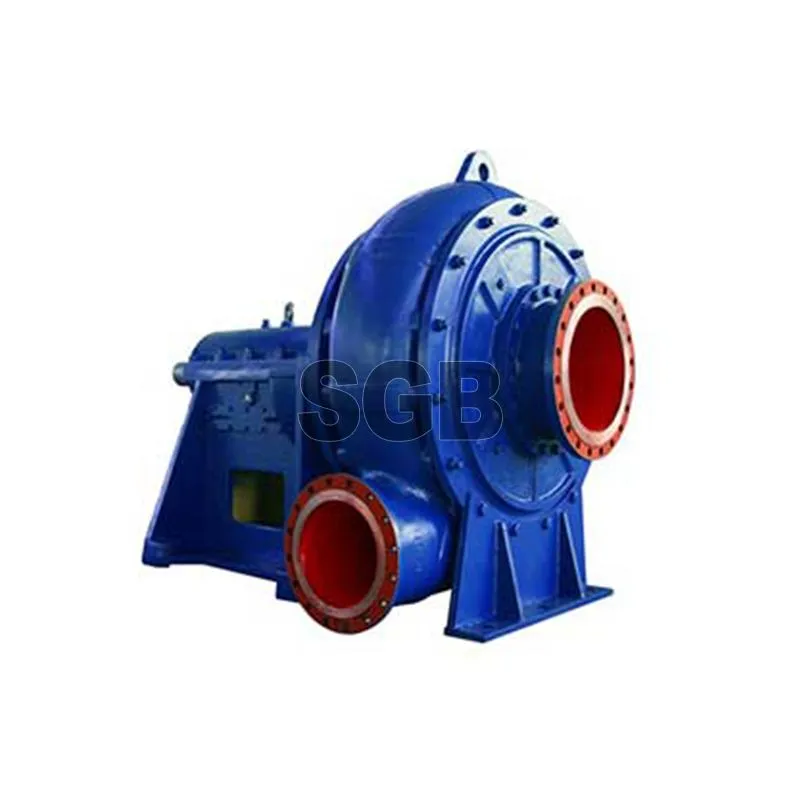How does a Dredger Pump Work?
In the realm of aquatic engineering, the dredger pump stands as a cornerstone technology, playing a pivotal role in reshaping coastlines, maintaining waterways, and supporting critical infrastructure projects. In this comprehensive guide, we delve into the intricate workings of a dredger pump, unraveling the mysteries behind its functionality.
The Core Components
Impeller Dynamics
At the heart of every dredger pump lies the impeller, a dynamic component that propels the entire system into action. Crafted with precision, the impeller's blades are strategically positioned to harness the fluid dynamics, generating a powerful suction force. This force is the driving factor behind the dredger's ability to extract sediment and debris from water bodies.
Centrifugal Force Unleashed
The operational prowess of a dredger pump is closely tied to the principle of centrifugal force. As water is drawn in through the suction pipe, the impeller's rotation imparts kinetic energy to the fluid. The subsequent release of this energy results in a forceful expulsion of water and entrained materials through the discharge pipe.
The Pumping Mechanism
Suction Efficiency
A defining feature of a highly effective dredger pump is its remarkable suction efficiency. Engineers meticulously design the suction inlet to optimize the intake of materials, ensuring that even the most stubborn sediments are efficiently drawn into the pump system. This efficiency is a critical factor that distinguishes top-tier dredger pumps from their counterparts.
Slurry Formation
As the dredger pump takes in water and sediment, the amalgamation of these elements forms a potent mixture known as slurry. This slurry, propelled by the impeller's force, travels through the pump's internal channels, reaching the discharge point where it can be strategically deposited or repurposed for various applications.
Applications Across Industries
Environmental Dredging
One of the primary applications of dredger pumps is in the realm of environmental dredging. These pumps play a pivotal role in restoring ecosystems, removing pollutants, and enhancing water quality. Environmental agencies worldwide rely on the efficiency of dredger pumps to execute large-scale restoration projects with precision.
Infrastructure Development
Beyond environmental applications, Sand Dredge Pump are indispensable tools in the realm of infrastructure development. From excavating new ports to maintaining existing waterways, these engineering marvels contribute significantly to projects that shape the modern world.
Advancements in Dredger Pump Technology
Automation Integration
In the current landscape of technological innovation, dredger pumps are witnessing a surge in automation integration. Advanced control systems, equipped with machine learning algorithms, enable these pumps to adapt dynamically to changing conditions, optimizing performance and enhancing operational safety.
Material Durability
The evolution of dredger pump materials has been a focal point in enhancing their longevity and robustness. The integration of high-grade alloys and composite materials ensures that these pumps withstand the harsh conditions of dredging, providing a reliable and durable solution for demanding projects.
Conclusion
In conclusion, understanding how a dredger slurry pump works unveils the intricate dance of engineering principles and fluid dynamics. From the impeller's rotation to the efficient formation of slurry, each element contributes to the overall efficiency of these remarkable machines. As industries continue to rely on dredger pumps for transformative projects, staying abreast of technological advancements becomes paramount.
220
0
0


Comments
All Comments (0)